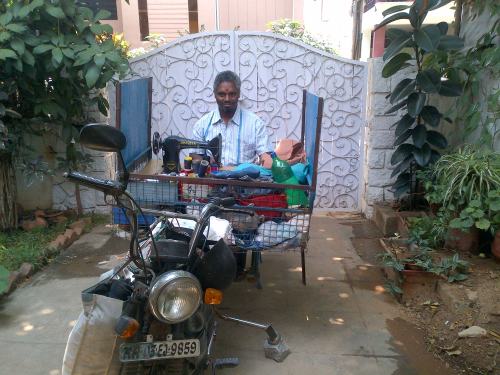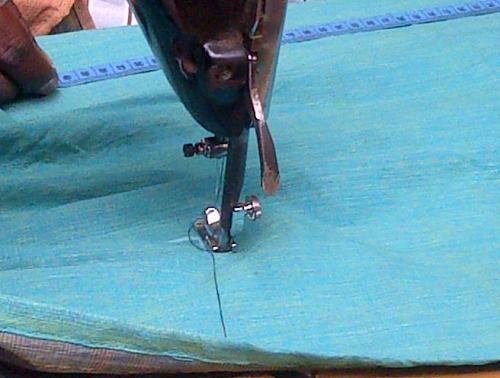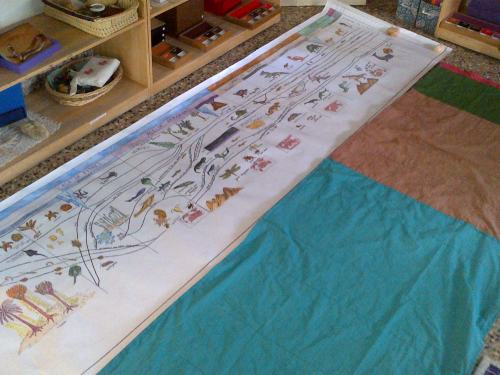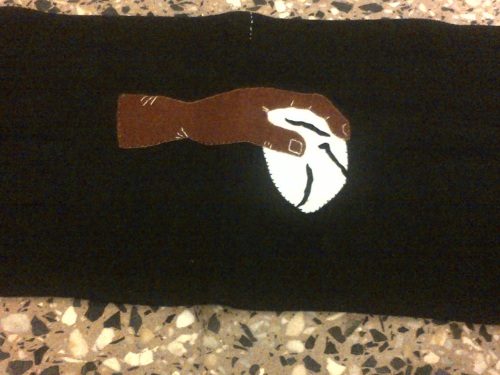Many schools consciously strive to build processes and structures that honour children and their learning. More often than not, however, curriculum is seen as separate. Loftier ideals are the backdrop against which we continue to teach ‘subjects’ or ‘content’.
Montessori education digresses from this oversight. What we present, is as important as how we present.
The curriculum itself embodies the nature of the child. Moreover, it is intuitive and flexible . It can align itself to broader developmental stages of children, as well as, to the infinite variety that comes with each individual. All children forge their own unique path through the curriculum.
The curriculum seeks to answer our children’s deepest questions. It ‘holds’ them as they construct an understanding of themselves, each other and their world.
For the young child the prepared environment, both psychological and physical, is pinnacle. This is the very basis from which children safely explore their physical and social environments. Walking this path with them, is a responsive and steadfast adult.
The curriculum for the young 3 to 6 child, supports their desire for physical independence, an understanding of their immediate experiences and nurtures their stirrings of social life.
It helps the young child gain in skill, which they go on to use as keys to navigate their world and build their very core. Often these keys may seem mundane and all too commonplace to adult eyes but in truth they are indeed golden keys.
Think of the typical scene in Montessori environments, of a young child grating a carrot. This act of grating a carrot is in fact an act of independence. The child can independently get themselves a snack whenever they sense their hunger. As their abilities expand they use these skills to build community. Think of the child grating a carrot and then sharing it with a peckish friend. The act of grating a carrot carries process, involvement, self direction, self reliance and opportunities for building community.
As children continue through their elementary years they become well-equipped with the epic tales we love to tell. Tales that satisfy their need to understand the very cosmos around them and find their spot within it. They realise that their story is connected to the very beginnings of time.
They learn that the carbon in their bones, is the carbon of stars and is the same carbon of beetle’s wings. The stories tell them how the gift of their backbone came from will-o-wisps of jelly floating in Cambrian seas. They find fellowship with Lucy and trace their home back to the savannahs of Africa. Each time a child writes a letter or numeral she understands that the marks made, carry a story of merchants, priests and kings.
Within these deep time stories children connect details of themselves and their explorations. They build an ever-widening picture of the universe and over time they see that everything is inter-connected.
The story they ultimately weave is indeed precious and will shape their view of themselves and the world.
The curriculum for the adolescent supports their quest for their place in wider society.
The adolescent works on the land, engages in economic activity and pursues creative activities that express his uniqueness. Importantly, the curriculum takes the adolescent out into society as an authentic contributor.
The curriculum balances their need to assert their individuality with a desire to belong to a community.
Our children’s work is indeed stupendous, inspired work … work that will eventually draw out the very best of being human.
The curriculum that scaffolds our work should be life affirming by aligning itself to the deepest nature of our children.
Anything less is unjustifiable.














